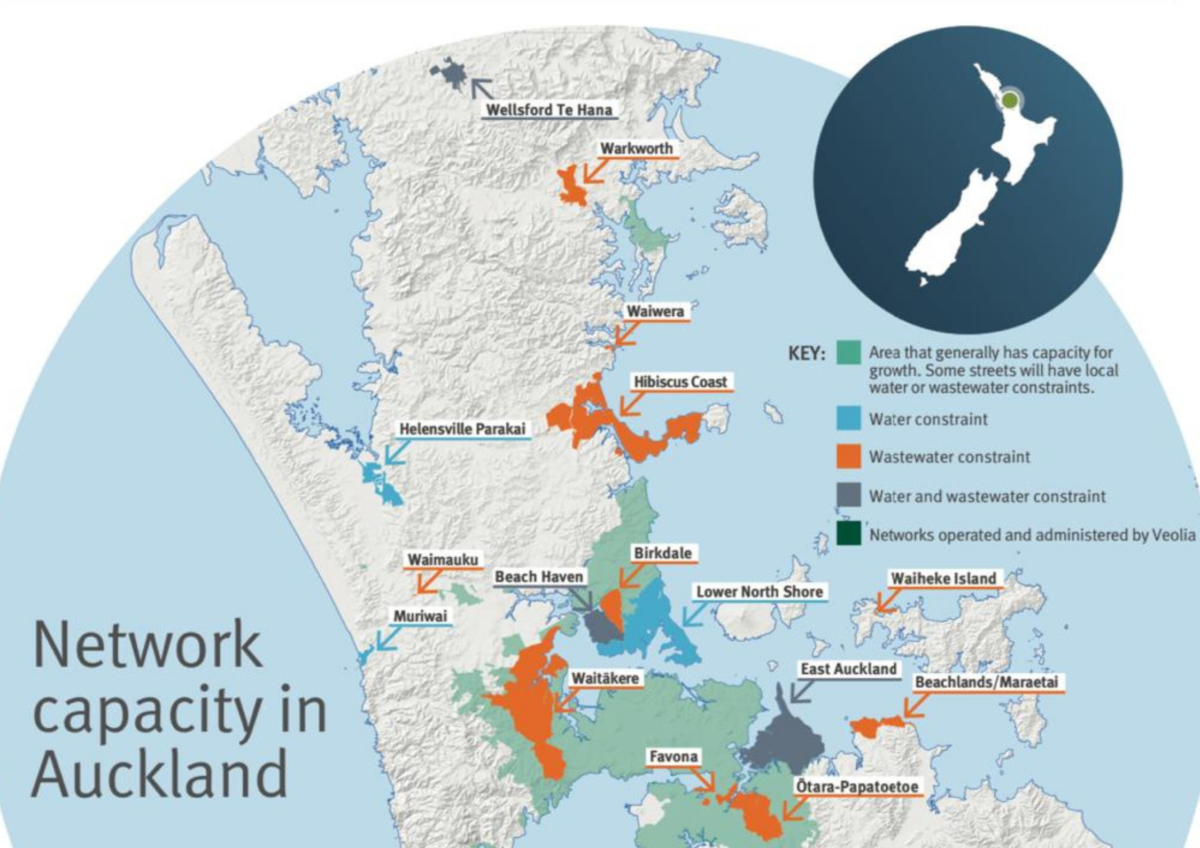The Residential Tenancies Amendment Bill passed its third reading in Parliament at the end of last year and is now coming into force. But why has it been brought in, what are the key changes, and how could it affect renters and landlords?

Why are these changes needed?
In a statement on December 12, 2024, Housing Minister Chris Bishop said, “These changes are part of our Government’s plan to fix our housing crisis.”
“The previous Government’s war on landlords ultimately caused worse outcomes for tenants: rents up by $170 per week from 2017 to 2023, the social housing waitlist increasing by about 20,000 families, and thousands of families living in emergency housing motels,” Mr Bishop says.
“The suite of sensible pro-tenant and pro-landlord changes in the Bill passed into law by Parliament today will give landlords confidence to re-enter the market and tenants more ability to secure a rental home – including for their beloved household pet.
What are the key changes in the bill?
Changes that took effect on the 30th of January 2025:
Landlords can now end a periodic tenancy without requiring a specific reason, hoping that it will give landlords the confidence to offer homes to tenants who might otherwise be deemed too “risky.” However, landlords cannot end a periodic tenancy as a retaliation to tenants exercising their rights.
In certain situations, landlords can end a periodic tenancy with 42 days’ notice if:
– the owner or one of their family members will be living in the property as their principal residence for at least 90 days, within 90 days of the tenancy ending.
– there is an unconditional agreement for the sale of the premises that requires vacant possession.
– the property is required for occupation by employees or contractors of the landlord or by contractors. The property must usually be used or obtained for this purpose and this must be stated in the current tenancy agreement.
Now, when tenants want to end a periodic tenancy, they only have to give 21 days (previously, it was 28 days).
Another reintroduction is so that (according to Bishop) landlords have “more certainty that fixed-term tenancies can end on their expiry date, and will encourage landlords in markets like Queenstown to offer their properties for rent, secure in the knowledge that they can use the property themselves for part of the year if desired.”
Changes that will take effect on 20th March 2025:
Changes that will take place later in 2025:
As Bishop says, “Tenants with written permission can have a pet in their rental property, and landlords may only refuse to grant this permission on reasonable grounds.
Landlords will have more certainty and protection from the risks of having pets in a rental, with tenants fully liable for careless and accidental pet-related damage beyond fair wear and tear.”
How will this affect landlords and renters?
The changes are designed to give landlords more confidence in re-entering the market. With more rental properties available, this should push down rental prices. It is also meant to give landlords the ability to have tenants who they would have otherwise not chosen, such as pet owners, making it easier for more people to find a place to rent.
However, not everyone agrees that it will benefit renters, speaking to Ingrid Hipkiss on RNZ’s Morning Report, Zac Thomas, president of Renters United, said that it was terrible for all concerned and that it “poisons the tenant landlord relationship” since tenants could be too afraid to speak out about problems with the property for fear of having their tenancy ended, although TenancyServices have said that a landlord cannot evict tenants if they are exercising their rights.
Are you thinking about buying a rental property? Then contact The Finance Hub and let us help you achieve your financial goals. Email us at finance@financehub.co.nz or call us on 0800 346 482.
 Uncategorized
Uncategorized
Recently parts of Auckland have been red-zoned by Watercare, Council Controlled Organisation CCO, effectively blindsiding many developers who have already bought land ready to develop.…
 Uncategorized
Uncategorized
What will happen to property prices in 2025 according to the leading economists?
 Auction
Financial Literacy
First Home Buyer
Hamilton
House Purchase
Interest Rate
Loan Approval
Property Investment
Property Tax
Rental
Auction
Financial Literacy
First Home Buyer
Hamilton
House Purchase
Interest Rate
Loan Approval
Property Investment
Property Tax
Rental
The fourth largest region in New Zealand, the Waikato covers over 25,000 square kilometres and includes, arguably, some of the most beautiful areas in the…

Subscribe and get news and information about our webpage